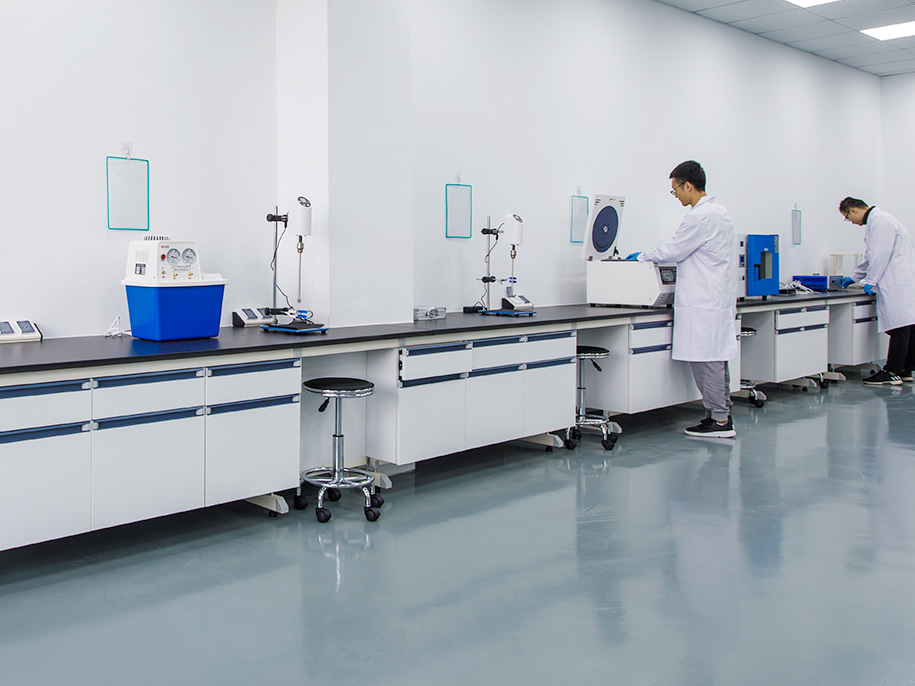Graphene Production Techniques: Advancements and Innovations
Graphene, known for its extraordinary properties, has captured the attention of scientists and industries worldwide. Its potential applications span electronics, energy, medicine, and more. A critical aspect of leveraging graphene’s potential lies in its production techniques. Over the years, several methods have been developed to produce graphene efficiently and cost-effectively. This article delves into the various graphene production techniques (“生产工艺”), highlighting their advantages, challenges, and future prospects.
1. Mechanical Exfoliation (机械剥离)
Mechanical exfoliation, also known as the “Scotch tape method,” was the first technique used to isolate graphene. This method involves peeling layers of graphene from graphite using adhesive tape.
- Advantages:Produces high-quality graphene with few defects.
- Challenges:Not scalable for mass production; labor-intensive and time-consuming.
2. Chemical Vapor Deposition (化学气相沉积)
Chemical Vapor Deposition (CVD) is one of the most widely used methods for producing high-quality graphene on a large scale. In this process, a carbon-containing gas (e.g., methane) is decomposed at high temperatures on a metal substrate (e.g., copper).
- Advantages:Produces large-area, high-quality graphene; scalable for industrial applications.
- Challenges:Requires high temperatures and expensive equipment; transferring graphene from the substrate can introduce defects.
3. Liquid-Phase Exfoliation (液相剥离)
Liquid-phase exfoliation involves dispersing graphite in a solvent and using ultrasonic waves to exfoliate graphene layers.
- Advantages:Simple and cost-effective; scalable for large-scale production.
- Challenges:The quality of graphene can vary; requires post-processing to remove solvents and improve purity.
4. Electrochemical Exfoliation (电化学剥离)
Electrochemical exfoliation uses an electric current to exfoliate graphene from graphite in an electrolyte solution.
- Advantages:Produces graphene quickly and efficiently; lower cost compared to CVD.
- Challenges:The quality can vary based on the electrolyte and current used; requires optimization for consistent results.
5. Chemical Reduction of Graphene Oxide (氧化石墨烯的化学还原)
This method involves oxidizing graphite to produce graphene oxide (GO), which is then chemically reduced to obtain graphene.
- Advantages:Scalable and cost-effective; can produce large quantities.
- Challenges:Reduction process can leave residual oxygen, affecting graphene’s properties; may require additional processing to improve quality.
6. Epitaxial Growth on Silicon Carbide (硅碳化物上外延生长)
Epitaxial growth involves heating silicon carbide (SiC) to high temperatures, causing silicon atoms to sublimate and leaving behind graphene layers.
- Advantages:Produces high-quality graphene directly on a semiconductor substrate; ideal for electronic applications.
- Challenges:Expensive and requires high temperatures; limited to small areas.
Recent Innovations and Future Prospects
The field of graphene production is continually evolving, with researchers exploring new methods and improving existing ones to overcome challenges. Some recent innovations include:
- Plasma-Enhanced CVD (PECVD):Enhances graphene growth at lower temperatures, reducing costs and energy consumption.
- Shear Exfoliation:Uses high-shear mixing to exfoliate graphene from graphite in liquid, offering a scalable and efficient production method.
- Green Chemistry Approaches:Focus on using environmentally friendly solvents and reducing agents to produce graphene sustainably.
Conclusion
Graphene production techniques (“生产工艺”) have come a long way since the initial discovery of graphene. Each method has its unique advantages and challenges, making it suitable for different applications and scales of production. As research and development continue, we can expect further advancements that will make graphene more accessible and affordable, paving the way for its widespread use across various industries.
By understanding and optimizing these production techniques, we can unlock the full potential of graphene, driving innovation and technological progress in the years to come.

